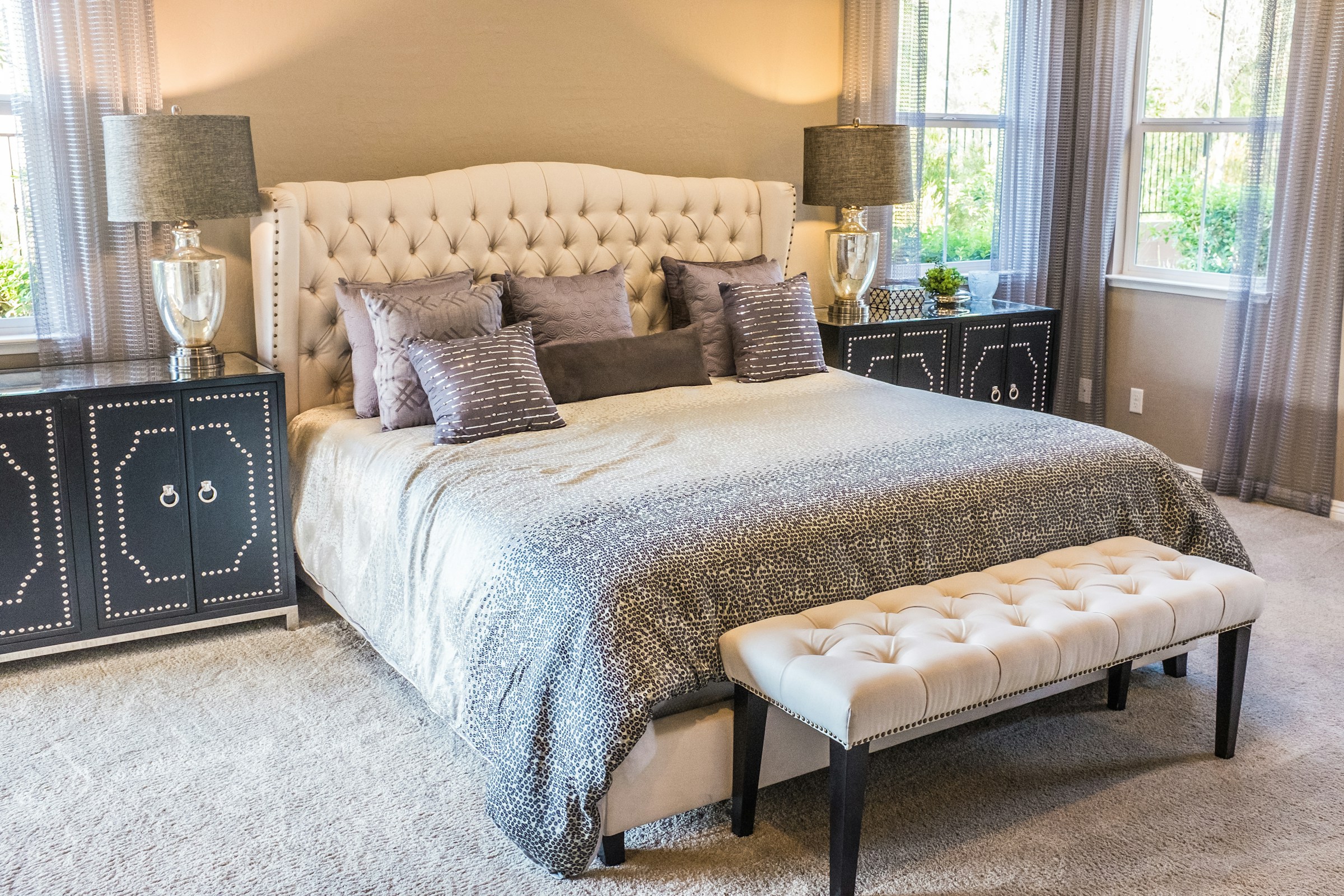Understanding the Challenges of a North-Facing Room
North-facing rooms present unique challenges when it comes to natural light optimization. Due to their orientation, these spaces receive indirect light throughout the day, which can affect both mood and functionality. Unlike rooms that bask in the warmth of southern daylight, north-facing rooms often experience cooler, softer lighting, creating an ambience that might feel gloomy or subdued.
A notable challenge is the way northern light influences color perception. Colours in a north-facing room tend to appear less vibrant and more muted. This is because the light does not enhance the colours as much as direct sunlight would. Thus, selecting the right colours becomes crucial to overcoming these limitations. Opt for warm hues that can infuse the room with a sense of warmth and vitality, counteracting the coolness of northern light.
Additional reading : Smart Solutions: Selecting Versatile Furniture for Your Dynamic Living Space
Moreover, the natural light limitations in such rooms may mean that artificial lighting plays a more significant role in creating the desired atmosphere. Layered lighting systems, incorporating both ambient and task lighting, can help balance the natural deficit and enhance room utility. Understanding and adapting to these challenges can dramatically improve the living experience in a north-facing room.
Ideal Color Palettes for Enhancing Light
Natural light greatly influences how colours appear, hence choosing the right color palettes for a north-facing room is essential. North-facing rooms often have cooler, indirect natural light, which can make some colours appear dull. An effective way to enhance natural light is through the strategic use of colors.
Topic to read : How can you maximize small UK living spaces for functionality?
Light colours, such as white, cream, and soft pastels, help to reflect and amplify the available natural light, making a space feel more open and airy. These colors are particularly effective in north-facing rooms, where they can offset the cool tones and make the space feel warmer.
In contrast, dark colours can absorb light and may contribute to a space feeling smaller or dimmer. However, when used thoughtfully, they can add depth and drama. For instance, a navy blue accent wall can create a cosy and inviting atmosphere if balanced with lighter furnishings and decor.
Several successful north-facing bedroom designs have utilized these principles. A common approach includes layering varied textures in similar colour tones to create warmth and depth. Professional designers recommend incorporating splashes of warm earthy tones like taupe or soft peach to complement and enhance the inherent light quality of north-facing rooms.
Expert Tips on Colour Psychology
Understanding the emotional impact of colour can enhance your personal spaces significantly. Different colours can influence mood and perception, making them powerful tools in design. For instance, warm tones like red or orange are often seen as stimulating and energising, suitable for lively areas like living rooms or kitchens. In contrast, cool tones such as blue or green tend to be more calming, making them ideal for bedrooms or spaces intended for relaxation.
When selecting colours, consider how they align with the desired emotional outcome of the room. To create an uplifting environment, opt for lighter shades that reflect more light, such as pastel yellows or soft ivories. These can evoke feelings of openness and warmth.
Practical applications of colour psychology in design are vast. A well-placed splash of a bold colour can serve as a focal point or an accent feature, adding interest without overwhelming the space. More subtle hues can seamlessly blend with the existing decor, enhancing the room’s ambiance.
Implementing these strategies thoughtfully will not only improve the aesthetics of a space but also promote a sense of well-being and emotional harmony. Embrace the transformative power of colour in your surroundings.
Considerations for Wall Finishes and Lighting
Choosing the right wall finishes and lighting effects can dramatically transform a space. Wall finishes that reflect light, such as glossy or semi-gloss paint, can enhance brightness, making a room feel more open and welcoming. Conversely, matte finishes tend to absorb light, which may be appropriate for creating a more subdued and intimate atmosphere.
Artificial lighting plays a crucial role in enhancing colour schemes within a room. It can highlight specific colours and change the perception of hues throughout the day. Warm lights can create a cozy environment, while cool lights can make a space energetic and vibrant. Spotlights and dimmable lights offer flexibility, allowing you to adjust the lighting effects to suit different occasions and moods.
Incorporating a blend of natural and artificial lighting is often recommended. Natural light provides a dynamic, ever-changing quality while reducing energy consumption during the day. Combining it with artificial sources ensures consistent luminosity and allows for aesthetic versatility. Consider using large windows or skylights to maximise natural light penetration, complemented by strategically placed lamps and light fixtures for when natural light is scarce. This balance promotes an inviting and adaptable living environment.
Room Decor Ideas to Complement Color Choices
Integrating a harmonious color scheme into your living space can transform the ambience. Selecting decor items that enhance and complement your chosen hues plays a pivotal role. Imagine a room painted in soothing blues; introducing soft beige cushions and darker navy throw blankets can add depth and interest.
Textures and materials are vital in elevating any color scheme. Consider a blend of materials like velvet cushions or a woven rug to add warmth and sophistication. Adding different textures introduces layers, providing a visual feast and a tactile experience that enhances ambiance.
Furnishings and accessories play their part in creating a cohesive look. Opt for decor items that echo the room’s primary colors. This could mean choosing artwork, vases or lamps that feature subtle shades from the main color palette. Doing so will ensure the decor unifies rather than overwhelms the room.
It’s beneficial to include neutral accessories in your room decor ideas. Pieces like white photo frames or silver candlesticks not only complement most color schemes but also bring elegance without drawing attention from the overall palette. Through thoughtful selections and careful consideration, any room can blossom into a perfectly balanced and visually pleasing space.
Analyzing Color Performance with Northern Light
When conducting a color performance analysis under northern light, understanding how hues alter is crucial. Northern light possesses a cooler and more diffused quality, often casting a blue-grey tint. This can significantly impact various pigments, causing some shades to appear muted or entirely different.
For instance, warmer colours, such as reds and yellows, may appear slightly subdued compared to their appearance under direct sunlight. Conversely, cooler tones, like blues and greys, tend to remain truer to their palette. Observing these changes provides insight into how different colours adapt under specific lighting conditions.
When considering colour performance, visual examples are invaluable. By comparing how shades react in natural light, one gains a clearer understanding of their true character. Side-by-side illustrations often highlight subtle differences that might otherwise go unnoticed, aiding in making informed choices.
Experts recommend several strategies to circumvent common pitfalls when selecting colours for spaces dominated by northern light. One suggestion is to test colours on large samples and observe them at various times of the day. This process ensures a thorough comprehension of a shade’s adaptability, reducing the risk of an unforeseen clash with the room’s natural lighting.







